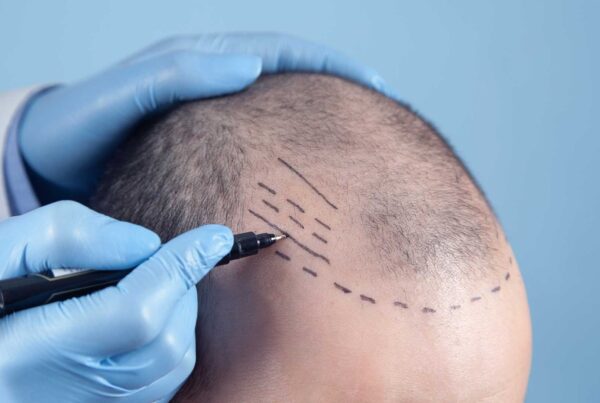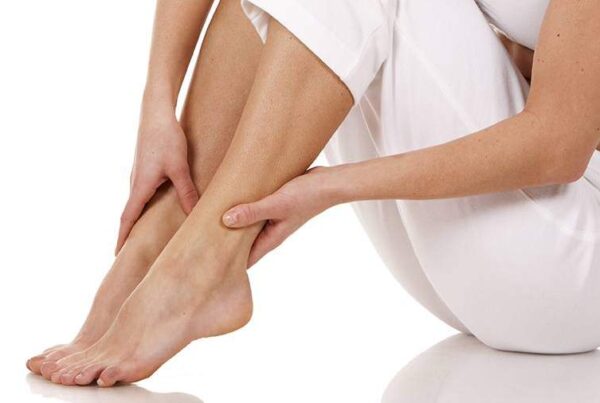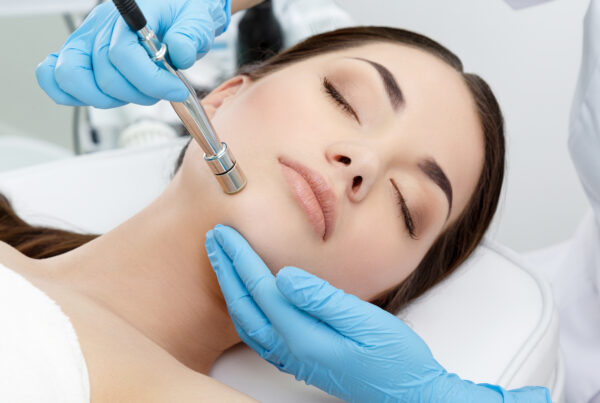Burns and wounds are traumatic injuries that can leave permanent scars on the skin. Burns result from various causes such as heat, chemicals, or electricity, while wounds can occur due to cuts, punctures, or surgical procedures. These types of injuries can have both physical and emotional effects on individuals. There are several treatment methods available to reduce the appearance of scars and restore the skin’s normal structure.
Causes and Effects of Burn and Wound Scars
Burns:
Burns occur when the upper layers of the skin are damaged, and they are classified into three degrees based on their depth:
- First-Degree Burns: Affect only the outer layer of the skin.
- Second-Degree Burns: Reach the deeper layers of the skin.
- Third-Degree Burns: Affect all layers of the skin and can cause significant damage.
Wounds:
Cuts, puncture wounds, surgical scars, and injuries from trauma can leave scars on the skin. Over time, these scars can lead to aesthetic issues and skin concerns.
Treatment Methods for Burn and Wound Scars
Early Intervention:
The most effective treatment for burns and wounds starts with early intervention. Cleaning the wound, reducing the risk of infection, and applying proper bandaging techniques are essential for the healing process.
Medications:
Various topical creams and ointments are used to accelerate healing. These products typically have moisturizing, anti-inflammatory, and antibacterial properties to support the skin’s recovery.
Silicone Gels and Sheets:
Silicone-based products can be effective in reducing the appearance of burn and wound scars. Silicone helps soften the scar tissue, reduce visibility, and maintain skin hydration, which is essential for proper healing.
Laser Therapy:
Fractional lasers and other laser treatments can reduce the appearance of scars. Laser treatments work by stimulating collagen production in the skin, helping to minimize scars and promote skin renewal.
Chemical Peels:
Chemical peels are used to remove dead skin cells and scar tissue. By exfoliating the top layer of the skin, this treatment helps reveal fresh, healthy skin, improving the appearance of scars.
Surgical Intervention:
For large and deep scars, surgical intervention may be necessary. This method involves removing the scar tissue and correcting the underlying skin structure. Surgical options may be considered for the treatment of keloid scars, which are raised and thickened scars.
Diet and Lifestyle Changes:
Supporting skin health with a balanced diet (especially foods rich in vitamins C and E, and minerals like zinc) and ensuring proper hydration can help speed up the wound healing process and reduce scar formation.
By addressing burns and wounds early and using appropriate treatments, individuals can reduce the appearance of scars and improve the overall texture and health of their skin.





